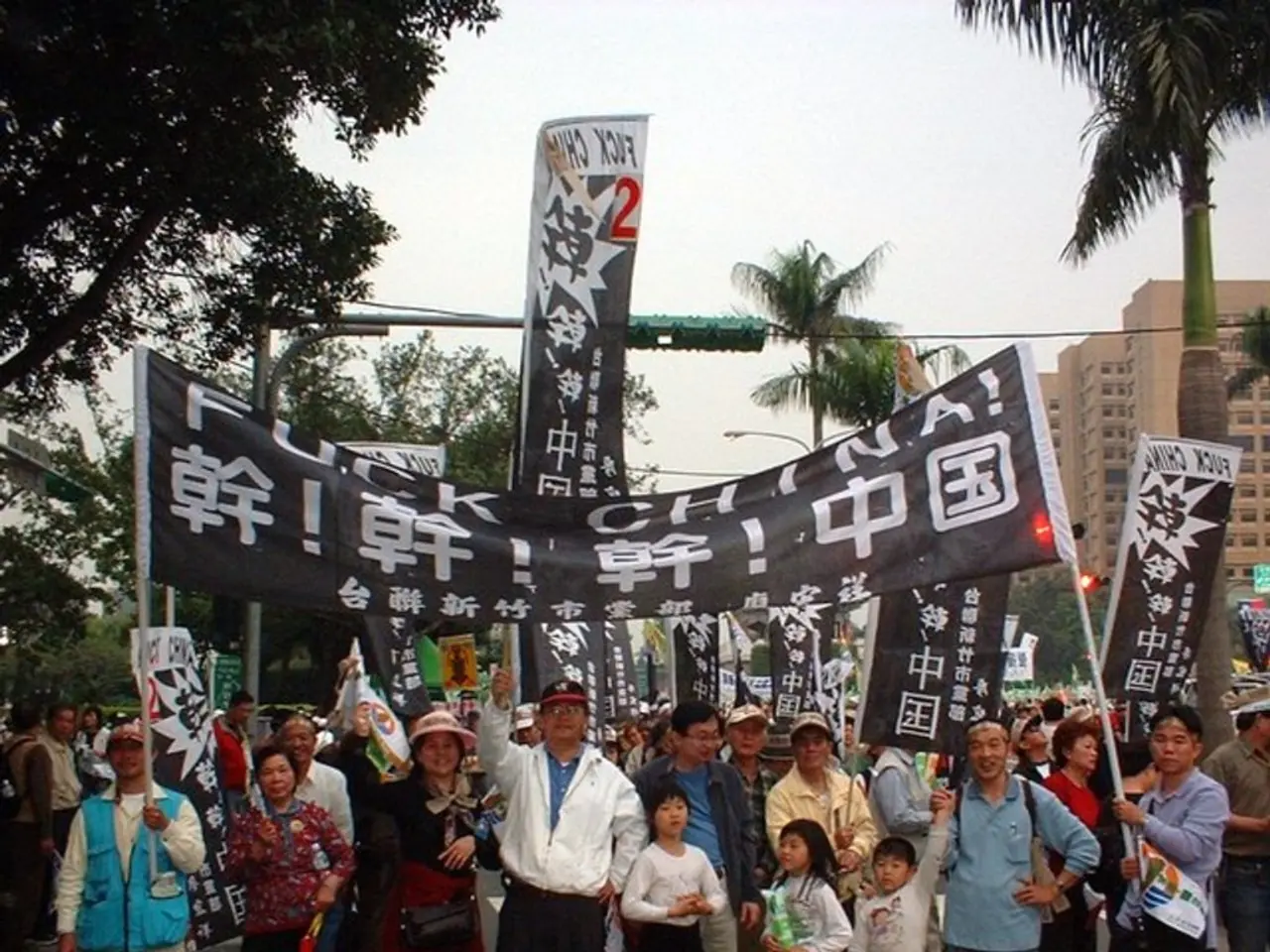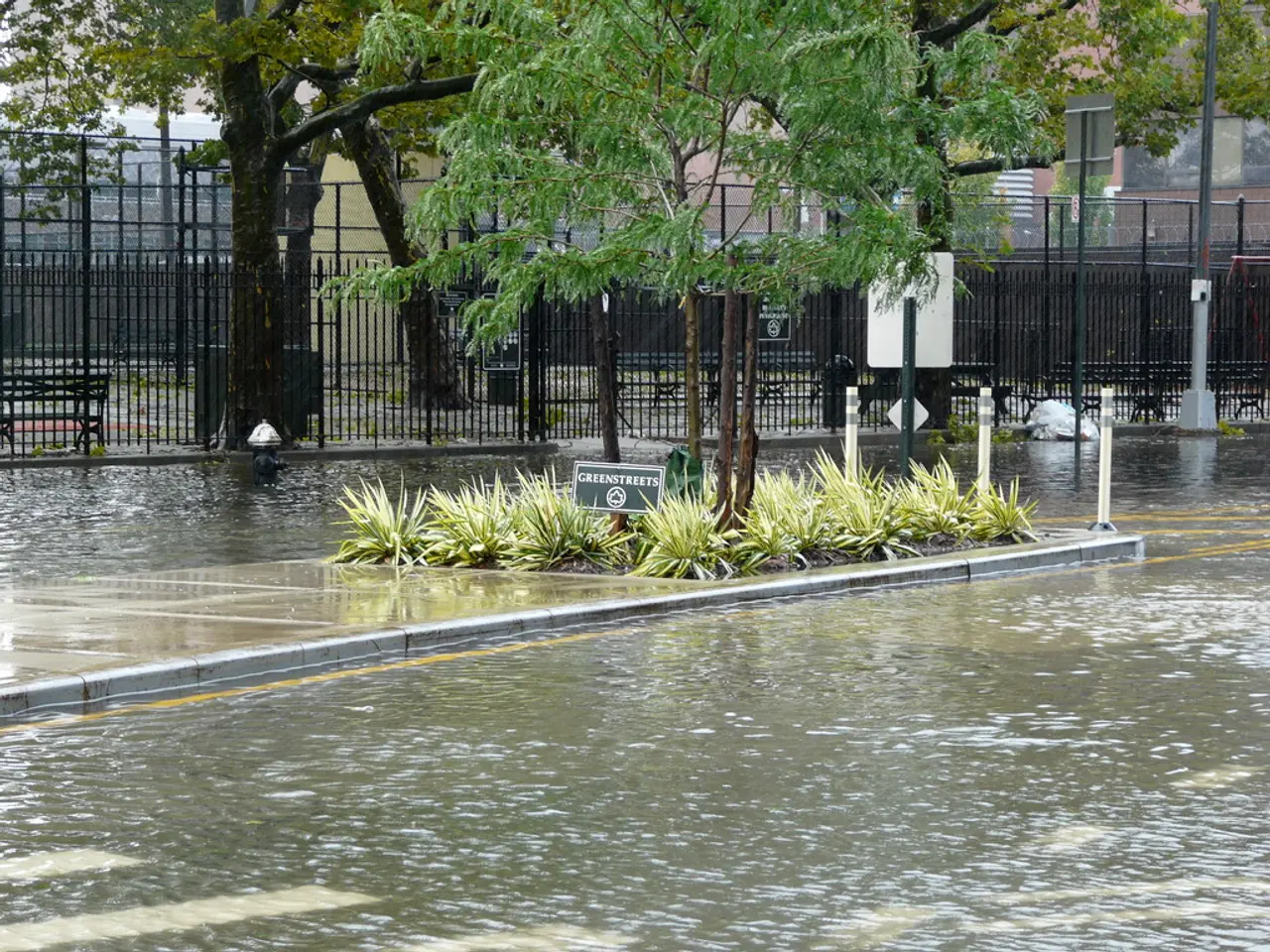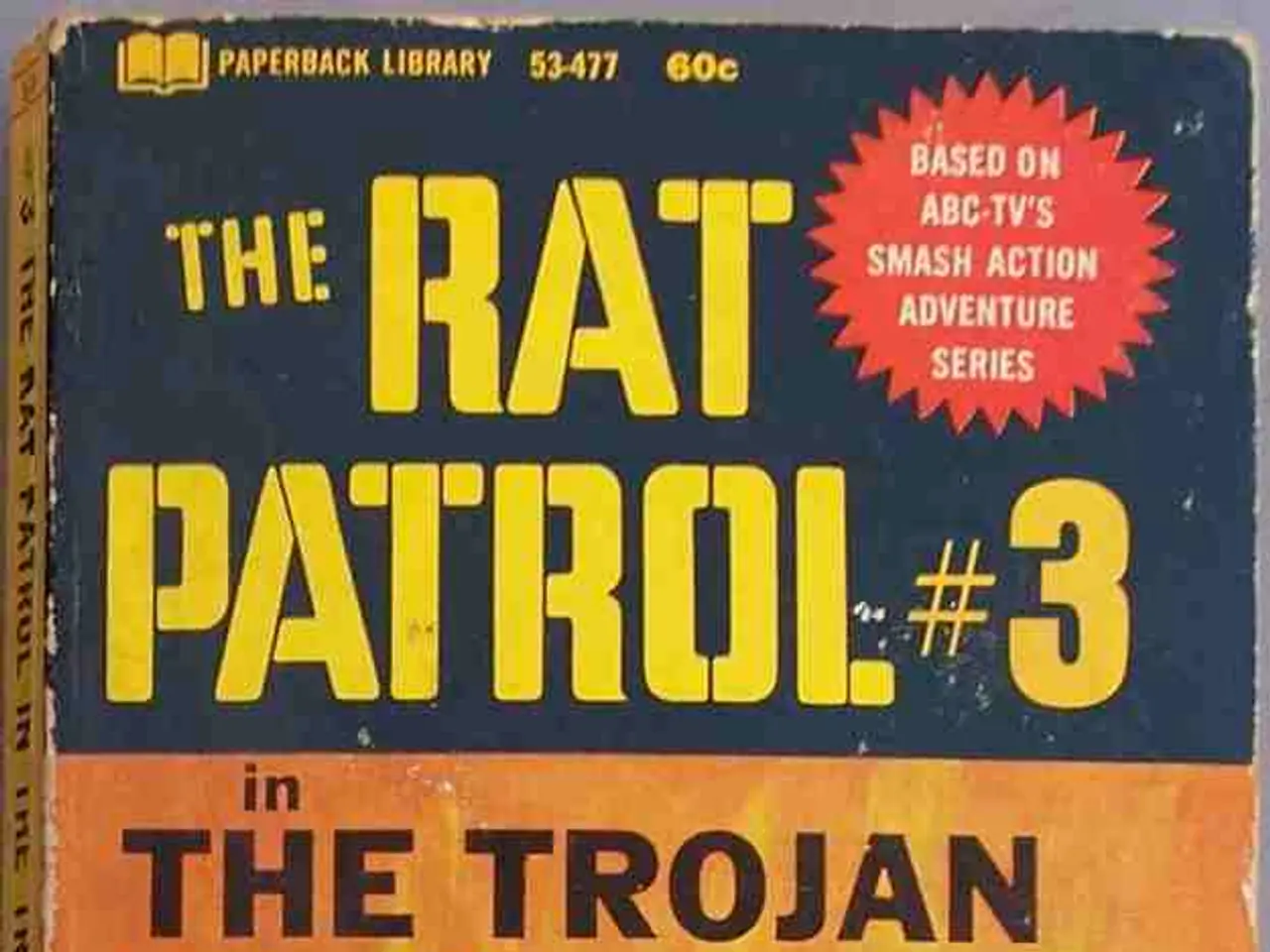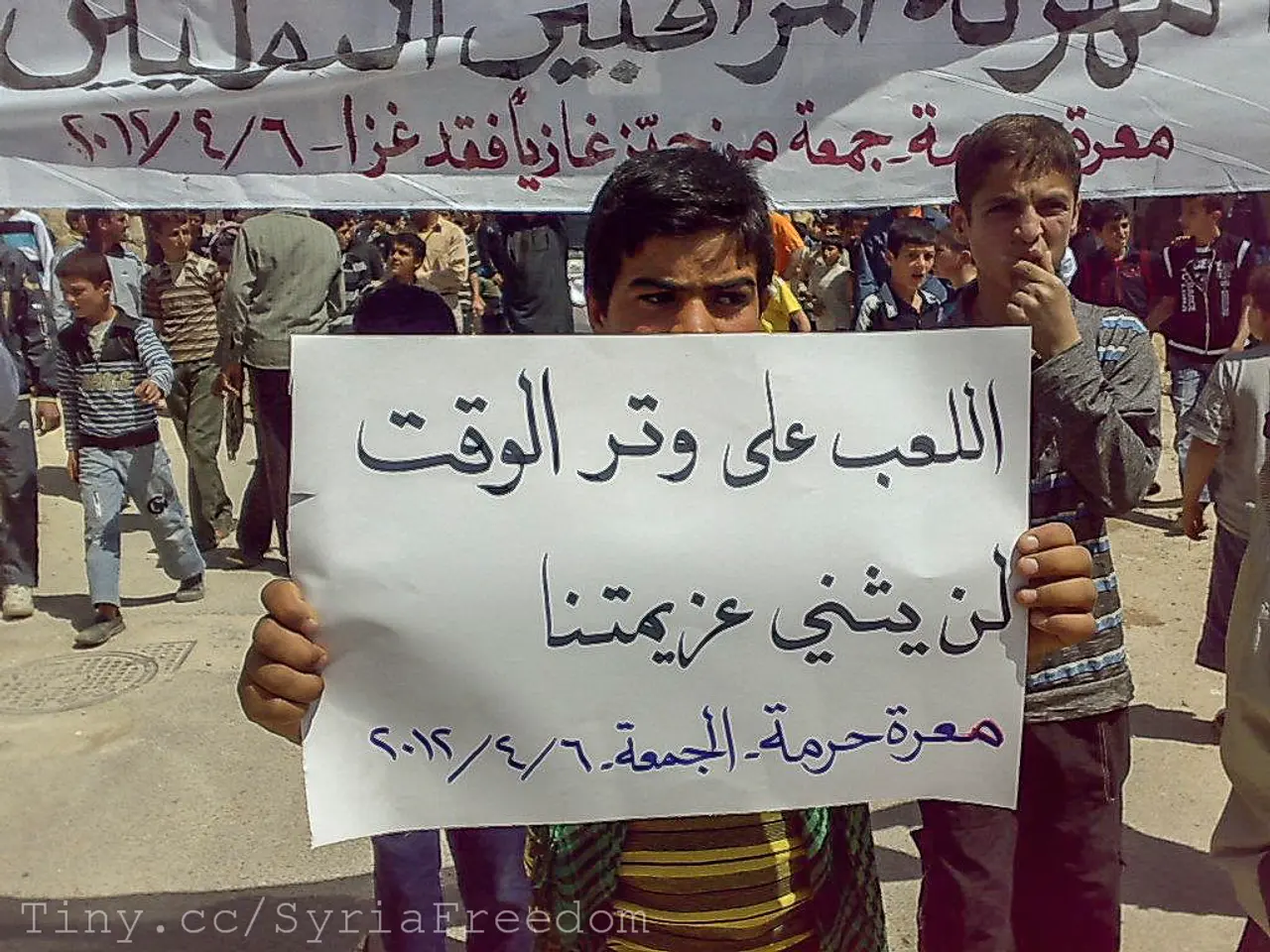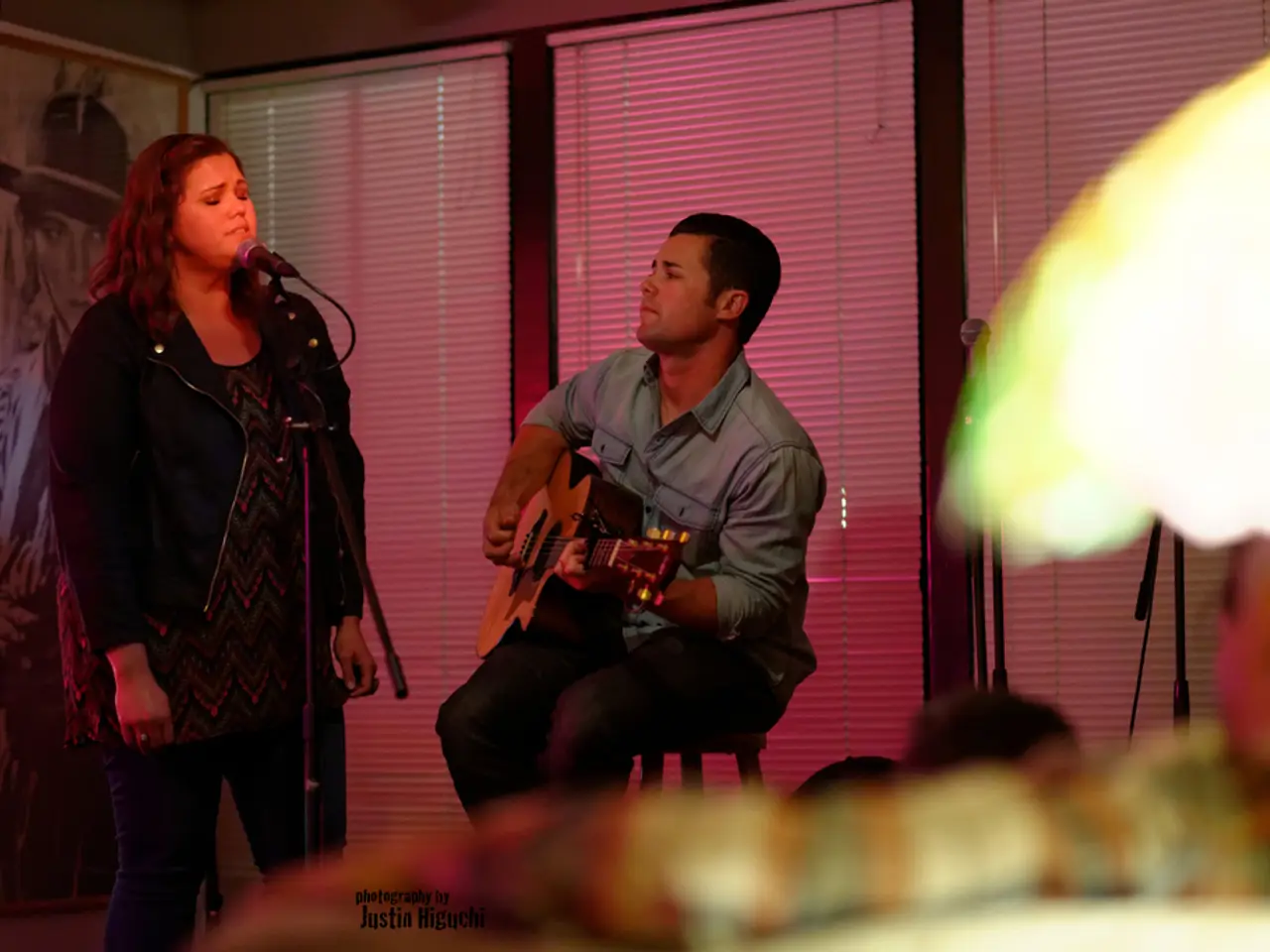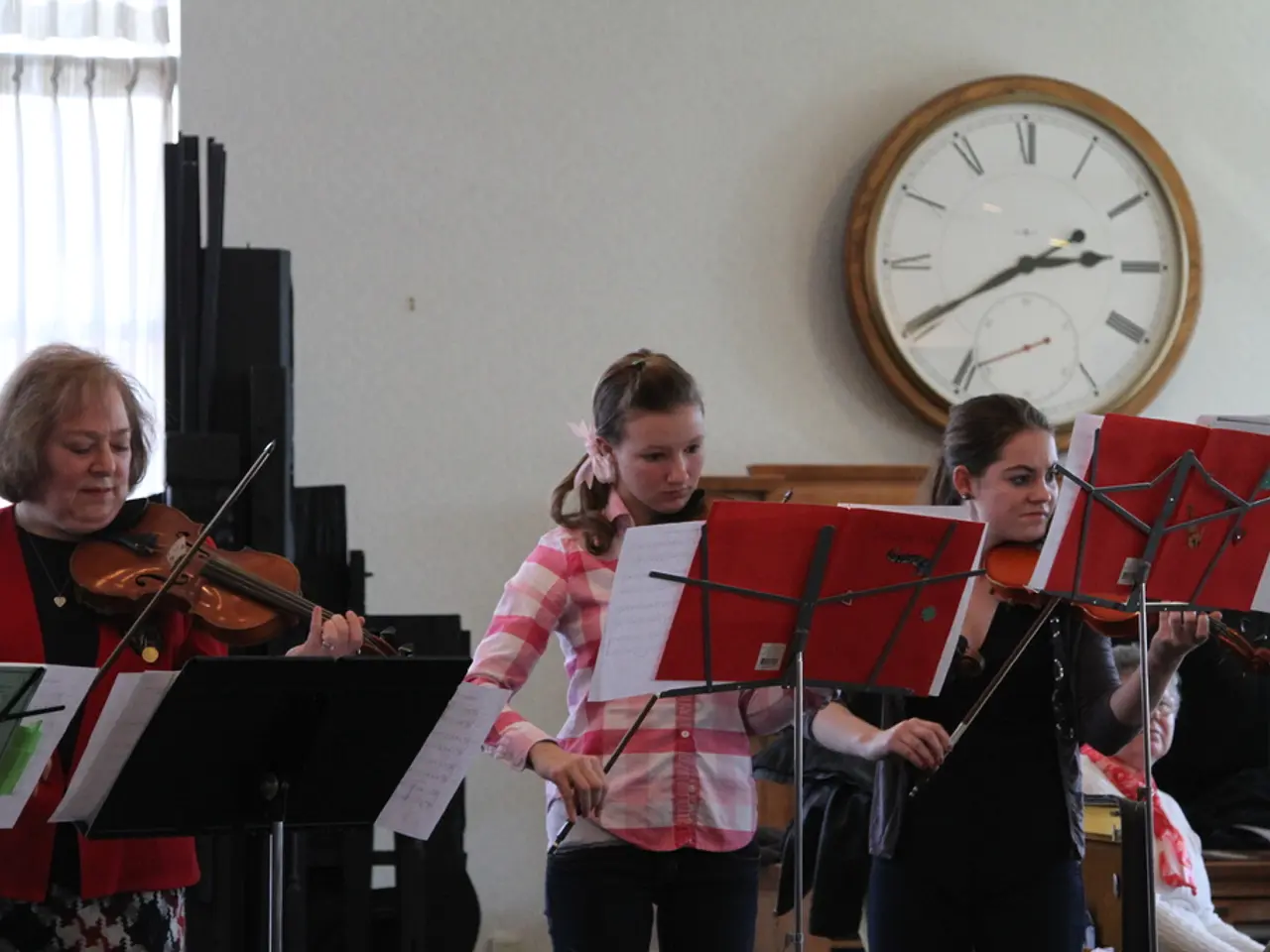Lebanon initiates weapons reformation measures amidst Hezbollah's resistance efforts
Lebanon's Cabinet has taken a significant step towards arms reform, approving a decision to restrict all weapons exclusively to state control, including those held by Hezbollah and other militias. However, this move has been met with strong rejection and protests from Hezbollah and its allies [2][4].
The decision aligns with a U.S.-brokered executive mechanism, aimed at fully disarming Hezbollah and other non-state armed groups by December 31, 2025, in exchange for a phased Israeli withdrawal from Lebanese territory and international support for the Lebanese army [1][2]. The Lebanese government, including Hezbollah and Amal representatives, debated this in a tense Cabinet session, resulting in a walkout by Hezbollah-aligned ministers before final approval of the restrictions [2].
Following the Cabinet approval, protests occurred in the southern suburbs of Beirut, Bekaa, and southern Lebanon, primarily by Hezbollah and Amal supporters. These protests, however, remained contained due to security measures by the Lebanese Armed Forces [2][4]. Hezbollah's leadership has condemned the Cabinet decision sharply, considering the disarmament push a threat to their existence and Lebanese security [4].
On the ground, the Lebanese army, supported by UNIFIL, has intensified efforts to dismantle Hezbollah's military infrastructure, especially south of the Litani River. Hezbollah, however, insists that any disarmament should be limited geographically to the south, while the Lebanese government insists on nationwide state control over all military-grade weapons [3].
The proposed executive mechanism seeks to end the armed presence of all non-governmental actors, including Hezbollah, throughout the country, extend state sovereignty across all Lebanese territory, and complete border demarcation. It also aims to enable the return of civilians to border villages and towns, and establish the state's exclusive control over all arms in Lebanon [1][2][3].
The proposal further aims to convene an economic conference to support Lebanon's economy and reconstruction efforts. The Lebanese Army Command has been tasked with preparing a plan to enforce the state's exclusive control over weapons [1][2].
Former MP Fares Souaid described the protests by ministers and activists as "calculated moves and predictable reactions," while academic and political writer Hareth Sleiman dismissed the protests and the withdrawal of the ministers as "a storm in a teacup that blew over the very next day" [1][2]. Sleiman stressed that the majority of the Shia community in Lebanon does not support the continuation of the current reality [1].
The US-brokered executive mechanism's objectives have been endorsed by Lebanon. Sleiman also stated that today, the Lebanese state is working to erase Hezbollah's past sins, save the south and its people, and put the country on the road to recovery [1]. Hezbollah and the Amal Movement have announced that their ministers' walkout from the Cabinet session will not lead to a resignation [1].
Sources:
- Al Jazeera (2023). Lebanon's Cabinet approves US-backed weapons control plan
- Reuters (2023). Lebanon's cabinet approves weapons control plan, Hezbollah ministers walk out
- The Daily Star (2023). Lebanon's cabinet approves weapons control plan amid protests
- Middle East Eye (2023). Lebanon's cabinet approves US-backed weapons control plan, sparking protests
- The Cabinet-approved weapons control plan in Lebanon aligns with a U.S.-brokered executive mechanism, which aims to disarm Hezbollah and other non-state armed groups and extend state sovereignty across all Lebanese territory.
- The executive mechanism, intended to end the armed presence of all non-governmental actors, also aims to enable the return of civilians to border villages and towns, and establish the state's exclusive control over all arms in Lebanon.
- Amid this political development, the environment sector has been somewhat neglected, with little mention of any progress or policies regarding Lebanon's environmental challenges in the news.
- On a brighter note, the arts community in the eastern region of Lebanon has been thriving, with several art exhibitions and policy initiatives aimed at promoting emerging talent and preserving the region's heritage.
- Economically,following the Cabinet approval, some analysts discussed the potential for the proposed economic conference to provide significant support for Lebanon's reconstruction efforts and stimulate growth in the economy; however, the ongoing war-and-conflicts and policy-and-legislation discussions still pose challenges to the nation's financial stability.
